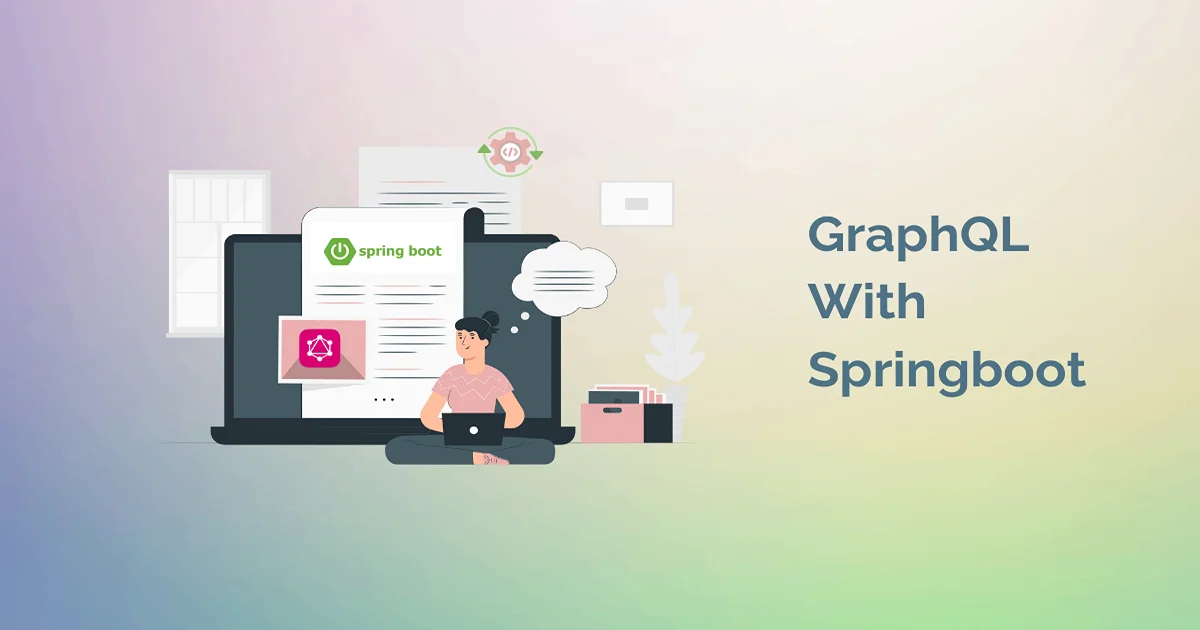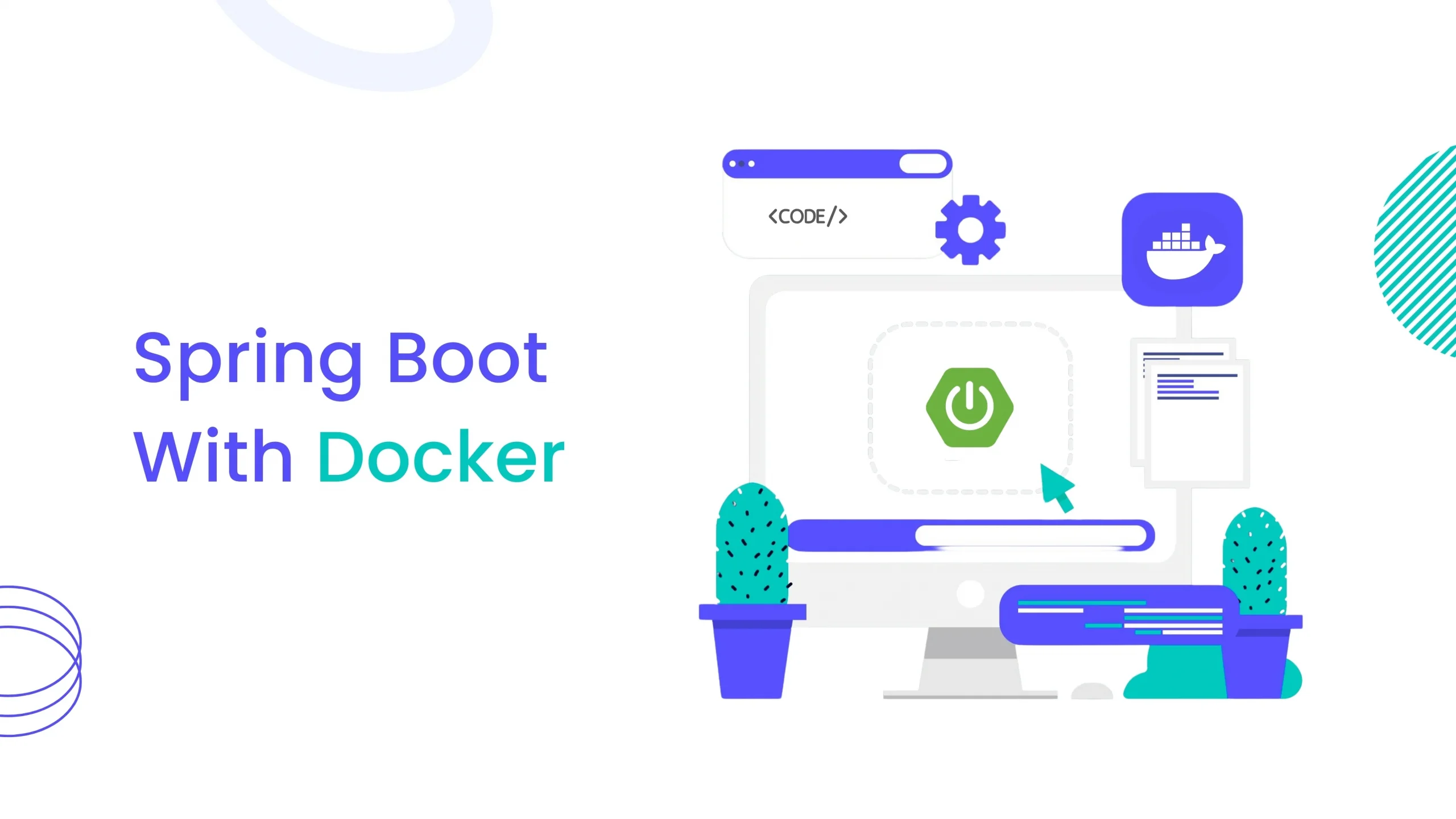Introduction:
Today enterprise business owners and government portals are migrating from monolith to microservices. We all know the basics abouts monolith architecture and Microservices Architecture. Let’s discuss both the architecture in depth.
This Microservices transformation approach offers unparalleled agility, scalability, and resilience, empowering organizations to meet the demands of the modern digital ecosystem. This blog will guide you through the benefits, challenges, and best practices for migrating from a monolithic architecture to microservices, accelerating your digital transformation journey.
Understanding Monolithic and Microservices :
Monolithic Architecture:
- Definition: Monolithic architecture refers to a software design approach where an entire application is built as a single, indivisible unit.
- Pros: Simple to develop, deploy, test and easy to debug when applications are small.
- Cons: Difficult to scale, maintain, and update as applications grow. Changes in one part of the system can impact the entire application.
Microservices Architecture:
- Definition:Microservices architecture is an approach to software development where a large application is built as a collection of loosely coupled, independently deployable services, each responsible for a specific business function.
- Pros: Independent scalability, ease of deployment, improved fault isolation, and better alignment with agile development practices.
- Cons: Increased complexity in managing distributed systems and ensuring communication between services.
Managing Traffic with Monolithic vs. Microservices Architecture
In a monolithic architecture, there is typically a single embedded Tomcat server. When traffic increases, it becomes challenging to manage because the entire application runs as a single unit. If one part of the application experiences high traffic, it can affect the performance of the entire system.
Conversely, in a microservices architecture, the application is divided into multiple, independent service modules, each handling a specific functionality. Each module can be scaled individually to handle traffic more efficiently. This modular approach allows for better traffic management because each microservice has its own server, which can be scaled independently based on demand.
Thus, with microservices, you can easily manage higher traffic levels as each service can be scaled out separately, ensuring that increased load on one service does not impact the entire application. This makes microservices architecture more resilient and scalable compared to a monolithic architecture.
Benefits of Migrating to Microservices
- Scalability:
Microservices architecture allows each part of an application to be scaled independently based on its specific needs. For instance, if the user authentication service experiences a spike in traffic, you can scale up just that service without having to scale the entire application. This means you’re using resources more efficiently and can improve the overall performance of your application.
- Flexibility and Agility:
With microservices, development teams can work on different parts of the application at the same time without stepping on each other’s toes. This concurrent development means new features and updates can be released faster, aligning well with agile methodologies and DevOps practices. Teams can iterate quickly, respond to changes, and innovate more rapidly.
- Resilience:
In a monolithic application, if one part fails, it can bring down the entire system. Microservices, on the other hand, isolate failures to the affected service, allowing the rest of the application to continue functioning. This isolation improves the overall reliability and stability of your application.
- Technology Diversity:
Microservices offer the freedom to choose the best tools and technologies for each specific service. For example, you might use Python for data processing services, Java for user management, and Node.js for real-time communications. This flexibility means you’re not limited to a single technology stack, allowing you to leverage the strengths of different technologies.
- Improved Maintenance:
Smaller, self-contained services are easier to understand, manage, and update compared to a large monolithic codebase. Each service can be developed, tested, and deployed independently, which simplifies maintenance and reduces the risk of extensive downtime during updates. This modular approach also makes it easier to identify and fix bugs.
Challenges in Migrating From Monolith to Microservices
- Complexity in Management:
Moving to microservices means breaking your application into many smaller, independent services. While this has many benefits, it also introduces complexity. Managing these distributed systems can be challenging because you need to ensure that all the services communicate effectively with each other. Keeping data consistent across these services and maintaining security are also significant challenges that require careful planning and sophisticated solutions.
- Operational Overhead:
Microservices require best DevOps practices to handle the deployment, monitoring, and logging of multiple services. Instead of dealing with one big application, you’re now dealing with many smaller ones, each needing its own deployment pipeline, monitoring tools, and logging mechanisms. This increases the operational overhead as you need more sophisticated tools and processes to manage everything smoothly.
- Cultural Shift:
Adopting microservices isn’t just a technical change; it’s also a cultural one. It often requires shifting towards more collaborative and autonomous teams. Each team might own one or more services, and they need to work closely together while also having the freedom to make decisions about their services. This shift can be challenging as it requires changes in how teams are structured and how they collaborate.
- Initial Costs:
Migrating to microservices involves significant upfront costs. You need to invest in redesigning and redeveloping your application, which can be time-consuming and expensive. There might be a need for new tools, training for your teams, and possibly hiring new people with expertise in microservices. These initial costs can be high, but they are an investment in the future scalability and flexibility of your application.
Best Practices for a Successful Migrating From Monolith to Microservices Architecture
- Assess and Plan:
Before diving into the migration, it’s essential to thoroughly assess your current monolithic application. This means identifying which parts of your application can be transformed into microservices and prioritizing them based on their business value and complexity. This initial assessment helps you understand the scope of the migration and create a strategic plan.
- Incremental Approach:
Instead of trying to migrate your entire application all at once (a “big-bang” migration), take an incremental approach. Start by migrating a few services, learn from the experience, and gradually break down the monolith. This method reduces risk and allows your team to adapt to the new architecture progressively
- Domain-Driven Design (DDD):
Use Domain-Driven Design principles to guide the identification and design of your microservices. Focus on business capabilities and ensure that each microservice has a clear and specific responsibility. This approach helps in creating services that are aligned with business needs and are easier to manage and evolve.
- API Gateway:
Implement an API gateway to manage the communication between clients and your microservices. An API gateway can handle common concerns like authentication, logging, rate limiting, and routing requests to the appropriate services. This simplifies client interactions and adds a layer of security and control.
- Continuous Integration and Continuous Deployment (CI/CD):
Establish a CI/CD pipeline to automate the testing and deployment of your microservices. This ensures that new changes are integrated regularly, tested thoroughly, and deployed quickly and reliably. A good CI/CD pipeline helps in maintaining the quality and stability of your services.
- Monitoring and Logging:
Implement comprehensive monitoring and logging solutions to keep track of the health and performance of your microservices. Effective monitoring helps you detect and resolve issues quickly, while detailed logging provides insights into the behavior of your services. Tools like Prometheus for monitoring and ELK Stack (Elasticsearch, Logstash, Kibana) for logging are commonly used in microservices environments.
- Team Autonomy and Collaboration:
Foster a culture that encourages autonomy and collaboration among your teams. Each team should own their services, have the freedom to make decisions, and be responsible for their service’s life cycle. Encouraging cross-functional teams ensures better collaboration and faster problem-solving, as teams can work independently yet in alignment with the overall goals.




